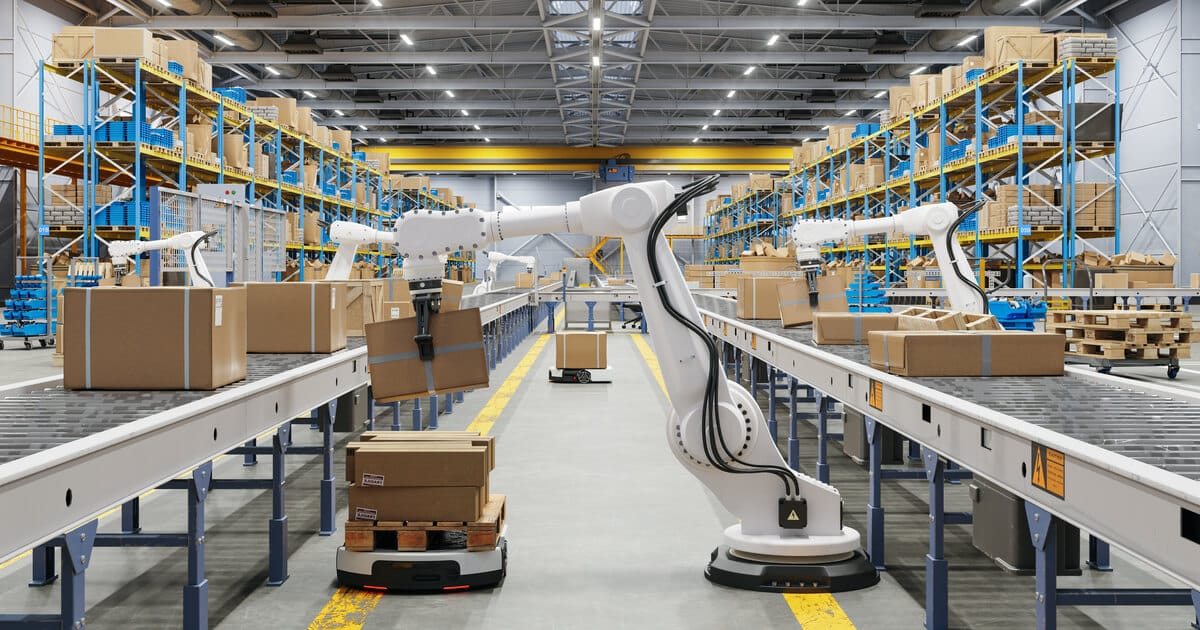
Digital Transformation (DX) is the single largest technology phenomenon that is transforming our world currently. According to IDC, the business intelligence leader, companies worldwide will spend $1.5 trillion dollars on digital transformation initiatives. And by 2020, this spend will increase to $ 2.0 trillion dollars. The digital economy today is driven by consumers who come empowered with devices and networks that give them access to global markets at the click of a button.
Consumers today have multiple options. Their purchase decisions are powerfully influenced by their networked peers. Enterprises too are tapping into the market insights of the digital economy to understand consumer behaviour and patterns to provide them with better options that improve bottom line profits.
This digitally connected ecosystem did not exist even 5 years ago. Most of business decisions were still driven by limited market analysis that failed to take into account all parameters of market conditions. Technology driven business models were in their inception stage. Today’s digitally powered businesses rely on insights that are derived by deep rooted analysis of consumer behaviour, brand sentiment propagation and consumer engagement. Organizations that fail to embrace digital have begun to flounder. A recent market study revealed that 88% of the Fortune 500 companies in 1955 no longer existed in 2016. As the business truism goes: ‘what got us here won’t get us there’. Let’s look at the core pillars of Digital Transformation, as we know them:
Mobility
In 2017, there are an estimated 5 billion phone users across the world. This number is expected to grow to 5.7 billion mobile users or three quarters of the world population by 2020. Mobile devices now outnumber computers, transforming the way which companies interact with their customers. Today you must be mobile friendly so your customers o gain access to it anywhere at any time. Even search engines like Google have started to rank pages with mobile friendly content on the higher side because they know the future of internet is going to be driven by mobile and that future has already begun. Everything from online commerce to marketing to workforce management has now become mobile-centric and investments are pouring in fast in this direction.
Big Data
Ever since inception of the world wide web in the early 1990s, the amount of digital data that is created daily has resulted in the rise of Big Data technology. Organizations are today challenged to identify relevant business information from the tera bytes of data silos generated by their technology infrastructure spread across geographies. With big data technology frameworks, it is possible to unify both structured and unstructured information silos into valuable business insights that deliver business results.
Cloud Computing
Cloud computing allows small and big organizations to easily offer digital services without having to worry about computing power or digital asset storage capabilities. It has essentially narrowed the gap between large businesses and startups when it comes to offering a reliable and glitch free digital service. On close observation, you can see that nearly all disruptors in the digital world use cloud computing infrastructure for their IT needs rather than investing in building their own IT infrastructure in-house.
Social Media
Social Media has made the world a smaller place as far as communication is concerned. It is easier for brand sentiments to take a giant leap or fall into a deep gorge depending on their ability to engage fans and consumers on social media. Analysing sentiments requires identifying and responding to both positive and negative comments, pushing out relevant content to constantly engage readers and much more. It also calls for increased security policies because more and more internet enabled services depend on utilizing social media credentials to create and verify user accounts.
Automation and Artificial Intelligence
Automation coupled with Artificial Intelligence is seen as the future of workforce enablement. Technology enabled solutions can assist people to do their jobs faster and better with less scope for erroneous decisions. Workloads can be easily managed and with the evolution of artificial intelligence, it is easier to mimic human reactions for scenarios and thus create 24X7 working environments that are self-sustained.
At McFadyen Digital, we’ve worked alongside the world’s most influential companies on some of the earliest digital commerce projects since 1987. We understand that DX is all about the alignment between People, Information and Technology to increase customer engagement and loyalty. Specifically we focus on our clients’ journey from marketing automation to machine learning to artificial intelligence.
DX is the way ahead for your company
Drop us a line today to find out how, we can deliver end-to-end digital transformation services for your company that will increase your revenue, help your business scale and create an elite customer experience that makes you stand apart in the new digital markets of the world. Contact us today.
https://www.freepik.com/index.php?goto=2&searchform=1&k=close+up+of+business+man+with+digital+tablet[/vc_column_text][/vc_column][/vc_row][vc_row][vc_column][vc_video title=”Listen to Tom McFadyen – President of MCFADYEN DIGITAL speak at the NRF Retail Big Show 2017″ link=”https://www.youtube.com/watch?v=msSdeN21KjY” animation=”fade-in”][/vc_column][/vc_row]
Related Articles
Turn Insight Into Impact.
Start Today.




